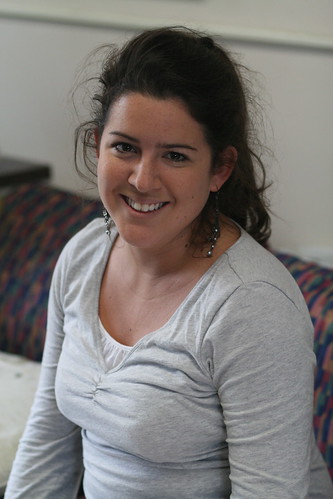Many USF students are exploring more domestic alternatives when looking for ways to make money. While other students find jobs as assistants or cafeteria employees many are seeking work as babysitters.
Students are in control of choosing their job duties and scheduling which makes babysitting the job of choice for many students.
Babysitting jobs are open to USF students and alumni. Individuals interested in picking up these part-time shifts as a babysitter are responsible for contacting families and arranging interviews and job duties. Families seeking childcare assistance send job listings to the Career Services Center (CSC).
CSC prints out and posts the listings in a binder that can be accessed during office hours. Families can also post their listings online on the DonsCareers website. CSC receives about 3-5 babysitting ads a day.
It works as the liaison between families and students but does not follow up on student babysitters and babysitting jobs. Their responsibility is just to keep the job binder updated.
According to Vy Tran, a CSC on-campus recruiting assistant, many families request nursing students because of their knowledge of CPR and other medical assistance techniques, although students come from a range of studies.
“Our school is known for social justice and being active in the community,” Tran said, “I think that in terms of proximity of our school and the reputation of our school and nursing program, I could see why parents are interested in USF students.”
Many families have requirements for prospective babysitters, such as providing their own transportation to the home, CPR certification and being able to change diapers. Some parents also request a background check on students.
“There definitely is that aspect of safety that the parents are leaving their children at the hands of somebody who can handle it,” said Rosie Ceja, babysitter, CSC career planning peer and junior psychology major. With her experience dating to her high school years, Ceja has continued having babysitting jobs since her freshman year of college. She found 2 jobs on her own, but was offered additional jobs through connections she has built with families and their friends.
“[Babysitting] is easy money,” she says. “It’s a great network.”
Babysitters may be hired for as short as one day to a couple years. In one job posting, a family was seeking two students to pass out candy on Halloween night, paying each student $50 for the night. Pay rates may vary based on previous babysitting experience, and may range between $12 and $20 an hour. In most cases, families live in neighborhoods near campus, including outer and inner Richmond, Noe Valley and Hayes Valley.
“I love the families I babysit for,” said Laura Thornton, babysitter and junior nursing major. “Hanging out with the kids — it makes me feel at home, and it gives me a chance to get off campus during the week,” she said.
As a nursing student, Thornton sees babysitting is complementary to her studies. “[Babysitting] is all about caring for people, helping out when you can. This definitely contributes to my future career.”
Ceja also finds her job essential to her interest in child development, but points out a few drawbacks to this job.
Ceja indicates her biggest challenges include balancing time between babysitting, schoolwork and maintaining a social life. As a result, she uses her planner to keep track of her duties, strives to meet halfway with parents’ schedules or finds a substitute for parents by recommending a friend who babysits for other families.
Thornton faces similar challenges.
“Sometimes I might overestimate the time I will have to do my homework, so I’ll commit to a babysitting job thinking it will give me a chance to get my paper done,” she said. “Then I will end up putting the kids to bed for 2 hours or so [it will take her two hours to put the kids to bed] and by that time I barely have time to do homework.”
Ceja also finds difficulties in deciding discipline tactics. She said, “It’s hard to tell, you know? How much disciple is too much discipline?”
While babysitting two boys, ages four and six, Ceja recalls feeling responsible for not putting a stop to rowdy wrestling that resulted in an injury. Ceja said, “Getting down to their level” and refraining from “baby-talking” is the best way to communicate with children.
Due to their part-time duties, Ceja and Thornton consider themselves babysitters not nannies. For Ceja, nanny responsibilities include committing to the family for the long haul, cooking food, cleaning the house, and higher pay. Thornton adds that running errands for the kids and family also constitutes a nanny job. Several USF students consider the nanny route yet others opt for the part-time duties of a babysitter.
In both scenarios Ceja makes one point clear.
“If you don’t enjoy kids, it’s not for you,” she said.
The CSC office is located on the 5th floor of the University Center.
Office hours are Monday through Friday, 8:30 am to 5 pm.



